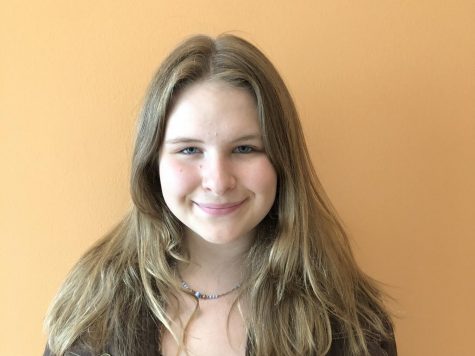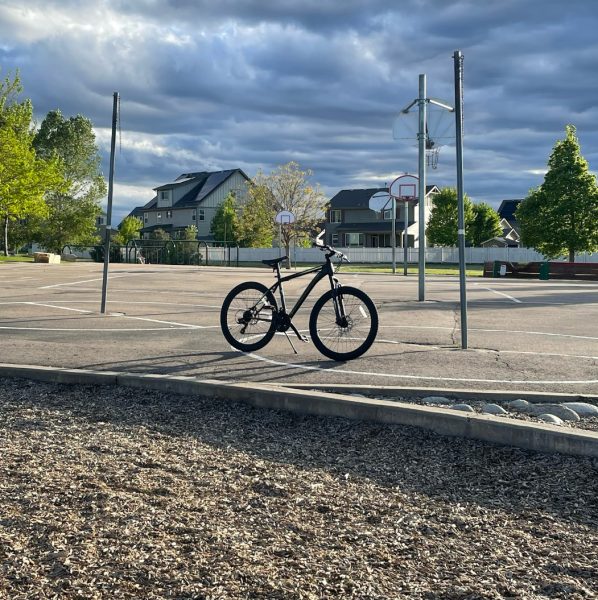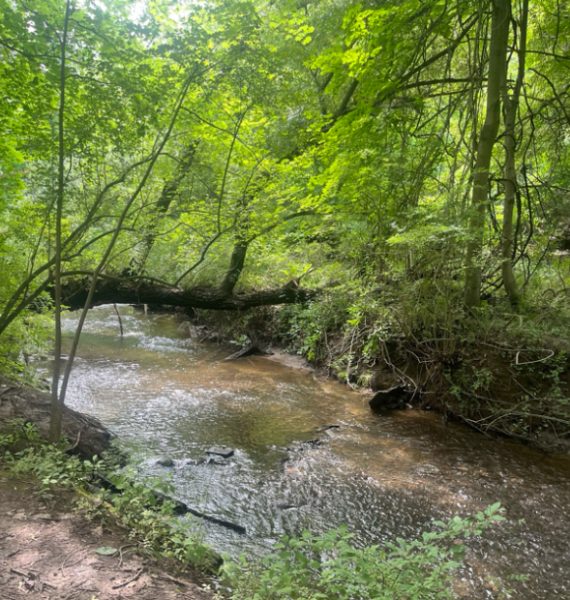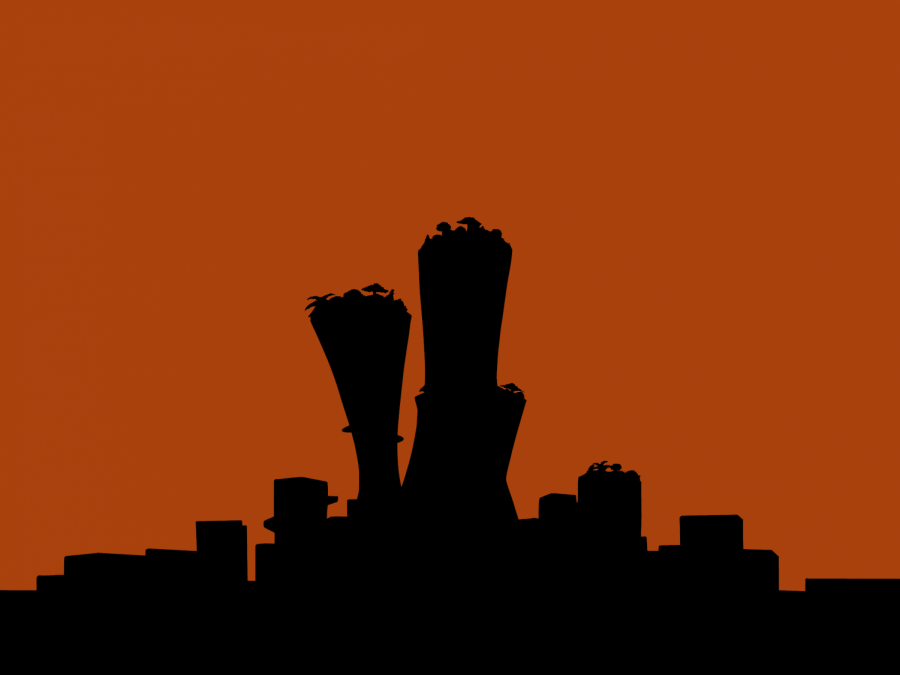City of Telosa promises more flourishment for future citizens
Announced on Sept. 5th by Marc Lore, the city of Telosa is planned to be the newest city of the United States
The city of Telosa is planned to be a city completely run on green and renewable energy.
On Sept. 5, Marc Lore announced his plans for a new city named Telosa. The city plans on having 33 people per acre, the same density as San Francisco, and sustainable energy sources that power the city and nature surrounding it. The project is proposed to cost 400 billion dollars, and on top of that, Lore still has to figure out the final site for it to stand. A location for the city is still undetermined, but possible sites are Texas, Arizona, Utah, Nevada, Idaho, and the Appalachian region. According to Lore in a promotional video, Telosa will have the “diversity of New York City, the efficiency, the safety, and the cleanliness of a city like Tokyo, combined with the social services, the sustainability, and the governess model of a city like Stockholm”.
Telosa is planned to be a city full of opportunity and flourishment for its residents.
This city will offer inclusivity like no other. It’ll bring in the characteristics of several cultures while also sporting traditional American aspects. Government decisions will be decided on by a diverse representative city council, eliminating unfair advantages that majorities hold over minorities. Telosa citizens will be supplied with a secure voting system that they can use either via e-vote or in person, and all major decisions will have to be run through the council before publication.
Telosa plans on having innovative and sustainable water storage. All water will be pumped out to citizens with an efficient leak detector that monitors all pipe and storage damage. When a problem arises, it will be swiftly fixed. The city also has plans for eliminating carbon emissions with 15 minute commutes that include electric transportation and accessible walking areas, as well as traffic free flights that transport people across the city.
Education in Telosa strives to offer the best resources to shape scholars into leaders and responsible adults; curriculum will include teaching critical thinking skills, and “engaging students with citizens, business, and local government to address current and future challenges.”
Telosa plans on submerging children into more child friendly education methods, supplying young scholars with certified teachers who have ample pay. Teachers, as well as other people living inside of the city, can live comfortably and close to work to allow everyone forgiving work commutes.
In the urban sectors of the city, nature areas will be planted to “encourage more time outdoors”. Citizens will have easily accessible green places to spend time in, as well as methods for which nature around them will be preserved. The city plans on holding 50,000 people by 2050, and from there, the 15,000 acre city will only get bigger.
The city plans to break ground for construction in 2030, but that poses various questions that demand answers: is a new city necessary? Is the use of resources to build it necessary? Is this going to inspire a new age for city planning? While those questions are important to consider, it’s also crucial for us to acknowledge how beneficial a fresh start can be.
Perhaps a city like Telosa will be the starting point to many improvements around the world that can change the way humanity runs things. Only time will tell.
Your donation will support the student journalists of Mead High School. Your contribution will allow us to purchase equipment and cover our annual website hosting costs.

Melia is a senior. She enjoys reading, writing, and listening to music. This is her third year in Journalism. She’s excited to watch her skills grow throughout the school year and see where her writing takes her.










